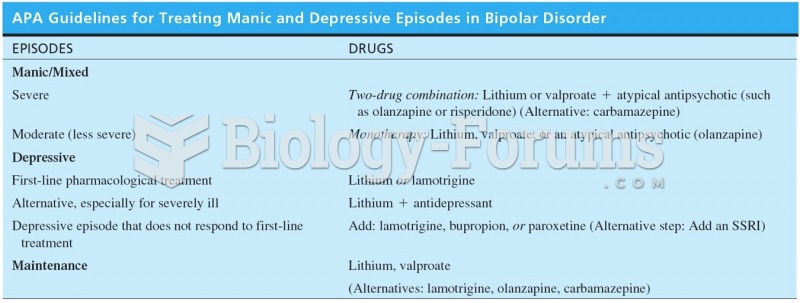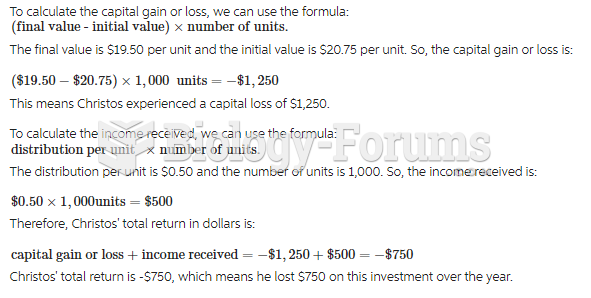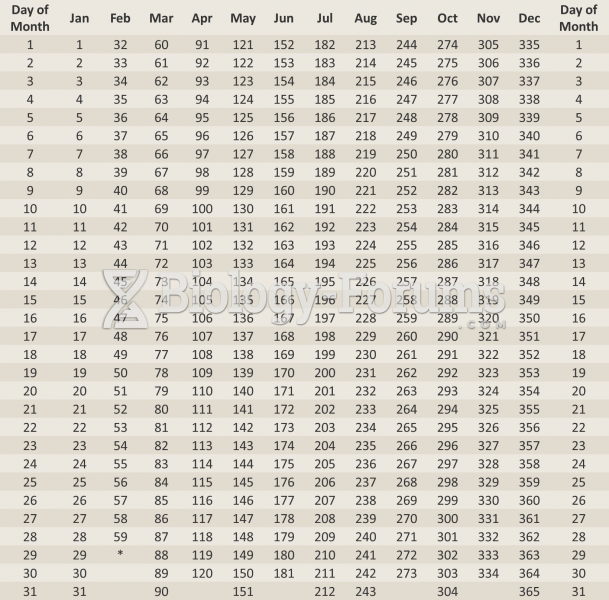Answer to Question 1
ANS: B
A. Incorrect response: See explanation B.
B. Correct response: Normally during inspiration, systolic arterial blood pressure can decrease up to 10 mm Hg, and pulse increases to compensate. A greater decrease in systolic blood pressure or weakening of the pulse during inspiration is considered pulsus paradoxus. It occurs commonly in cardiac tamponade and severe asthma. Systolic pressure decreases during inspiration with severe asthma particularly because negative intrathoracic pressure increases venous return. A number of studies have shown that the administration of heliox to patients experiencing an asthma attack results in decreased work of breathing, decreased dyspnea, and significantly lower pulsus paradoxus.
C. Incorrect response: See explanation B.
D. Incorrect response: See explanation B.
Answer to Question 2
ANS: A
A. Correct response: According to Reynold's number, gas flow tends to be laminar in the peripheral airways and turbulent in the large airways. Because the velocity of the flow in the peripheral airways is normally slow (molecular diffusion in the alveoli), theoretically heliox would have little effect on the flow pattern. On the other hand, diseases that affect the larger airways would likely have a tendency to respond favorably to heliox. Because the airflow through the large airways is often turbulent and at a higher velocity, heliox would tend to reduce the velocity of the flow through narrowed (partially obstructed) airways. Therefore patients with asthma and postextubation stridor have been documented to experience improved ventilation as a result of breathing heliox mixtures.
B. Incorrect response: See explanation A.
C. Incorrect response: See explanation A.
D. Incorrect response: See explanation A.







